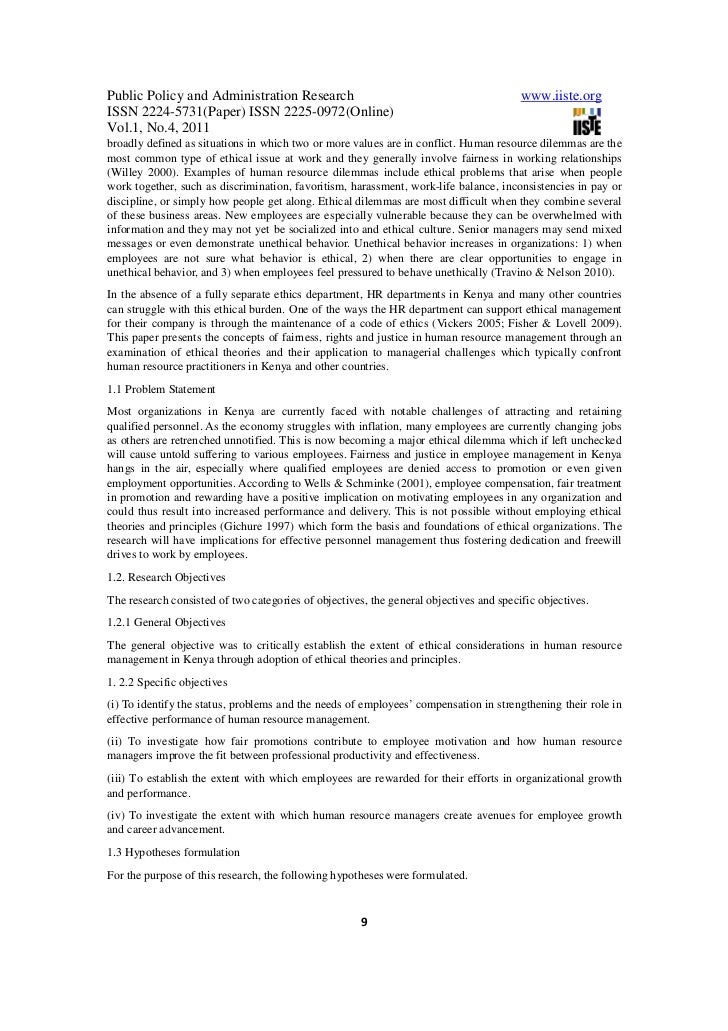QuickBooks organizes your data for you, making bank reconciliation easy. By regularly reconciling your accounts with your bank and credit card statements, you ensure the integrity of your financial data, enabling informed decision-making for your business. You now know how to process bank reconciliation in QuickBooks Online. The next lesson in our tutorial series is on managing downloaded credit card transactions in QuickBooks Online.
- As you review your bank statements and QuickBooks, select each transaction that matches.
- Just like balancing your checkbook, you need to regularly review your accounts in QuickBooks.
- Once all details are aligned and verified, you can start the reconciliation by selecting the Start reconciling option.
- Select the appropriate bank or credit card account to reconcile from the Account field.
- Businesses should reconcile their bank accounts within a few days of each month end, but many don’t.
In a few seconds, you should see the same left-side menu bar illustrated in this tutorial. This website is using a security service to protect itself from online attacks. The action you just performed triggered the security solution.
Compare each transaction on your statement to the transaction in QuickBooks, marking them off only once you’re sure you are selecting the correct ones. Reconciling a bank statement is an important step to ensuring the accuracy of your financial data. To reconcile bank statements, carefully match transactions on the bank statement to the transactions in your accounting records. With QuickBooks, you can easily reconcile bank accounts to ensure that the dollars you record are consistent with the dollars reported by the bank. To run a reconciliation report, navigate to Settings, choose Reconcile, and then select History by account. When you have your bank statement in hand, you’ll compare each transaction with the ones entered into QuickBooks.
Investigate Unmarked Transactions on Your Bank Statement
It’s crucial to verify that the beginning balance in QuickBooks Online matches the one in your statement, and any discrepancies should be investigated and rectified. In other words, there’s no need — or even any purpose — to reconcile accounts like fixed assets or intangible assets unless there is an outside document you can refer to for reconciliation. Even then, you’ll likely only reconcile non-bank accounts once a year, as in an inventory reconciliation. Remember, the goal of reconciliation is to ensure your financial records are accurate and up to date, and with these strategies, you can make the process more manageable overall.
- Add any transactions that are missing from QuickBooks by clicking the green Finish later button and entering the transactions as normal.
- However, the right technology can simplify the process while organizing orders and transactions.
- Reconciling your accounts is an important step in your business accounting process.
- This guide has walked you through the essential steps of the reconciliation process, from preparing your documents to troubleshooting common issues.
- To resolve these issues, add any transactions that are missing in QuickBooks, delete or merge any duplicate entries, and correct the amounts for transactions that have been inaccurately recorded.
Employees log their hours, you review and approve them, and QuickBooks does the rest. Cut checks or pay employees via direct deposit, issue W2s at tax time, and file taxes electronically – all from QuickBooks. (If you’re in the middle of reconciling, stay on the page you’re on and skip to step 4).
Recording all transactions in QuickBooks
QuickBooks and Intuit are a technology company, not a bank. With QuickBooks, you won’t waste time spinning your wheels. There are several reports – such as the The Reconciliation Discrepancy Report, the Missing Checks Report, and the Transaction Detail Report – that can help you identify discrepancies quickly. Once you’re done, you should see a difference of $0, which means your books are balanced.
Reviewing past reconciliations
Sign in to QuickBooks and start a discussion in our QuickBooks Community. If you reconciled an account more than once, you likely already reviewed the opening balance. If you forgot to enter an opening balance and you’re already tracking transactions in the account, here’s how to enter an opening balance later on.
Products
Sign up for Synder today or book a seat at a Weekly Public Demo to experience firsthand how Synder automates bookkeeping and accounting tasks for online transactions. Proceed to enter the ending balance and date from your statement. If the last statement’s ending date is displayed, check it for accuracy to maintain continuity. Once all details are aligned and verified, you can start the reconciliation by selecting the Start reconciling option. You’ll get a warning that your account isn’t ready to reconcile because your beginning balance is off by the amount of the transaction or transactions you un-reconciled. Click on “We can help you fix it” to review the transactions you un-reconciled in Step 6.
Select a Country
The month-end closing process can seem tedious and daunting to many small business owners. Thankfully, learning how to reconcile in QuickBooks Online to close your books can help ease that burden. Once done, let’s create an expense transaction and use the expense account you’ve created in the Category column, then save the transaction. Once done, you can now match it with your downloaded transaction. After clicking Finish now, QuickBooks will display a confirmation with a link to view the reconciliation report.
What if I can’t find a matching transaction during bank reconciliation in QuickBooks?
Once you have your monthly bank statements, you can reconcile your accounts. You’ll compare each transaction in QuickBooks with what’s recorded on your bank statement. At the end, the difference between the account in QuickBooks and your bank statement should be US $ 0.00.
Verify the accuracy of all entered information and proceed by selecting Continue or OK. If there are any discrepancies in the beginning balance, utilize the Locate Discrepancies tool to find and resolve them. If necessary, make adjustments to the opening balance or opt to Undo Last Reconciliation to start anew. Prepare for the reconciliation by entering all transactions that occurred during the statement period you are about to reconcile.
Make sure these match the transactions you meant to un-reconcile. If you use QuickBooks Online as your accounting software, there are two different processes you can follow to undo reconciliation. This article irs 1040ez tax form template focuses primarily on the process that non-accountant users will use to undo reconciliation in QuickBooks Online. Reconciling your accounts is an important step in your business accounting process.











